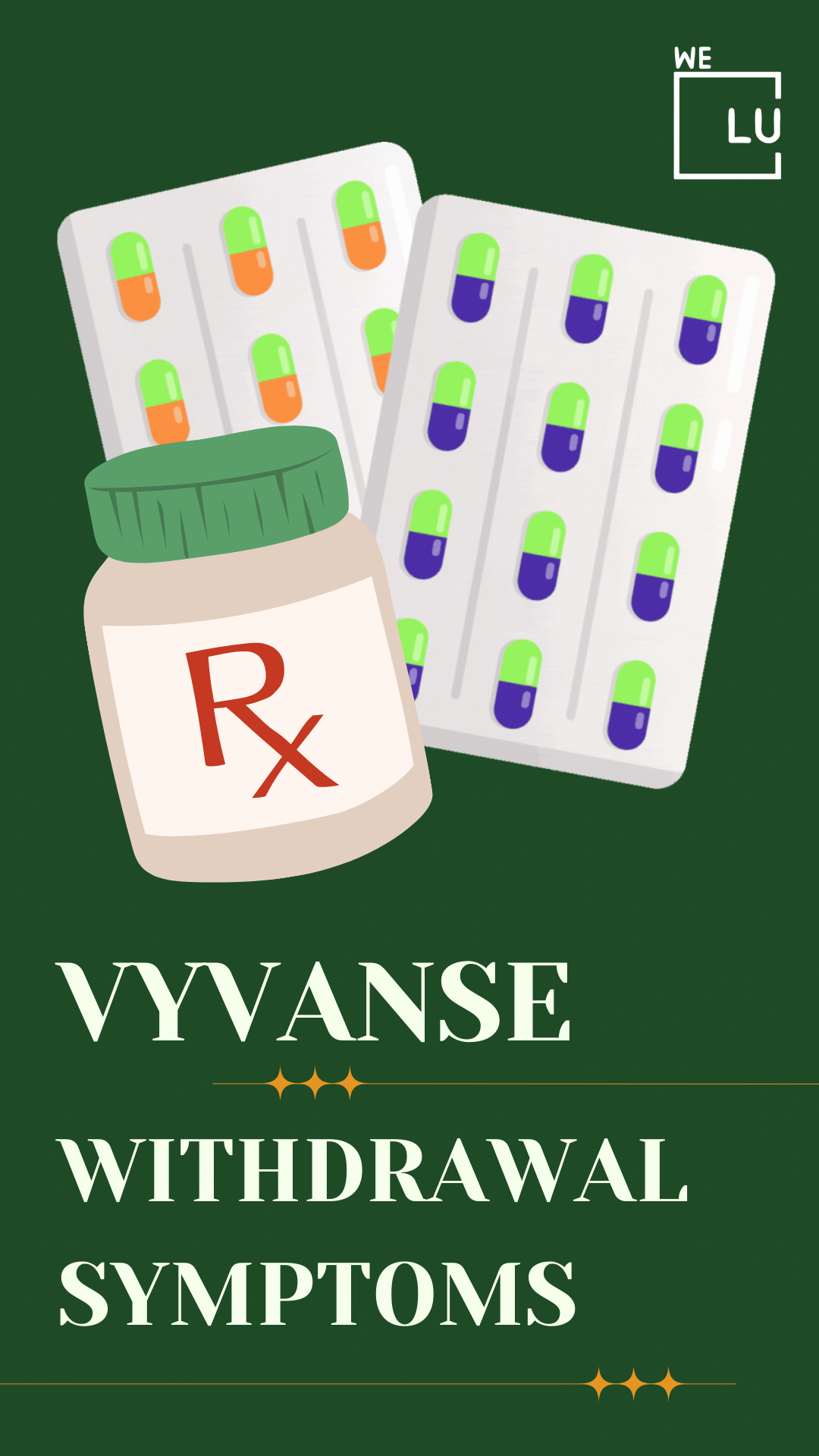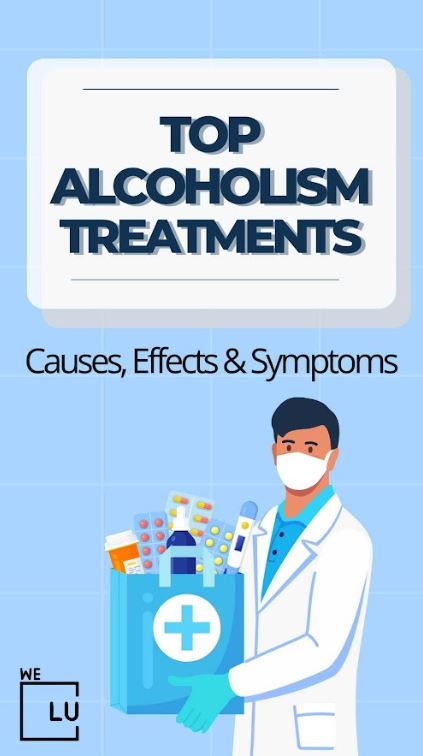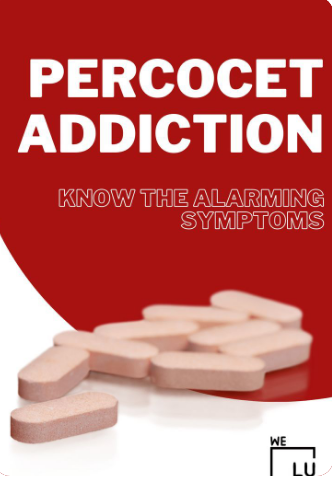What is 2CE Drug?
The designer drug 2CE, known as a “research chemical,” produces effects similar to LSD, psilocybin, or ecstasy. It emerged in the 1970s and gained popularity as a recreational substance, initially as an alternative to MDMA in the 1980s club scene.
Recently, it has resurfaced as part of the new psychoactive substance trend and has been found in ecstasy pills in the U.S. and Europe. Street names for 2CE drugs include Europa, Eternity, Aquarust, and Hummingbird.
2CE is one of the more potent drugs in the 2C family. Despite being linked to mass poisonings and at least five deaths in 2013, its prevalence might be underestimated due to detection challenges. This drug is usually taken orally or inhaled. 2CE drug is classified as a Schedule I controlled substance by the DEA, indicating its illegal status, lack of accepted medicinal uses, and high potential for abuse.
Effects of 2CE Drug
The 2C family of drugs, including 2CE, produces a mix of hallucinogenic and stimulant effects. In small amounts, 2CE is a stimulant for the central nervous system. But at higher doses, it brings out stronger hallucinogenic and psychoactive effects that can last for 4-8 hours.
The effects of the drug 2CE, a potent hallucinogenic substance, can vary widely among individuals and depend on factors such as dosage, the individual’s mental state, and the environment.
Here are the common side effects of 2CE drugs:
- Hallucinations: 2CE is known for producing vivid visual and auditory hallucinations, often characterized by alterations in color, shape, and perception of objects.
- Altered Perception of Time: Users may experience a distorted sense of time, with minutes feeling like hours or vice versa.
- Euphoria: Some individuals may experience a sense of intense joy or happiness.
- Introspection: 2CE can lead to deep self-reflection and reflective thoughts.
- Enhanced Sensory Perception: Users may notice heightened sensitivity to touch, taste, and sound.
- Synesthesia: The drug may induce a blending of the senses, where individuals perceive sensory stimuli in a way that transcends normal boundaries (e.g., seeing sounds).
- Increased Heart Rate: Like many hallucinogens, 2CE can lead to an elevated heart rate.
- Dilated Pupils: Pupils may become noticeably larger.
- Loss of Appetite: Many hallucinogens, including 2CE, can suppress the appetite.
- Anxiety or Paranoia: Some users may experience feelings of anxiety or paranoia, especially at higher doses.
- Nausea or Vomiting: Gastrointestinal discomfort, including nausea and vomiting, can occur during the onset of the drug’s effects.
- Difficulty Concentrating: Users may find it challenging to focus on tasks or maintain concentration.
- Mood Swings: Emotional fluctuations can occur, ranging from euphoria to anxiety.
- Jaw Clenching: Similar to ecstasy, 2CE may cause jaw clenching or teeth grinding.
- Sleep Disturbances: Difficulty sleeping or disturbances in the sleep cycle may occur.
The effects of 2CE can be unpredictable, and adverse reactions, including psychological distress and panic attacks, are possible, especially in uncontrolled or unfamiliar settings. Also, the long-term effects and potential risks associated with repeated use of 2CE still need to be fully understood, emphasizing the importance of caution and responsible use.
Signs of 2CE Drug Misuse and Abuse
Identifying signs of 2CE misuse and abuse is crucial for early intervention. Here are the potential signs that a person might be misusing 2C drugs, including 2CE:
- Visible Intoxication: Physical signs of drug use, such as dilated pupils, flushed skin, or unsteady movements, may be noticeable.
- Behavioral Changes: Sudden and extreme changes in behavior, mood swings, or erratic actions can be indicative of substance misuse.
- Social Withdrawal: Individuals may isolate themselves from friends and family, preferring the company of fellow substance users.
- Neglect of Responsibilities: A decline in performance at work, school, or personal responsibilities may occur.
- Changes in Sleep Patterns: Disruptions in sleep, such as insomnia or irregular sleep cycles, can indicate substance misuse.
- Paraphernalia: Discovery of drug paraphernalia, such as pipes, capsules, or other tools associated with 2CE use.
- Financial Issues: Unexplained financial difficulties, borrowing money frequently, or selling personal items to support drug use.
- Physical Health Decline: Noticeable deterioration in physical health, including weight loss, poor hygiene, or skin problems.
- Psychological Distress: Signs of psychological distress, such as anxiety, paranoia, or mood swings, may become apparent.
- Tolerance: Higher doses of 2CE are needed to achieve the same effects over time, indicating a developing tolerance.
- Attempts to Quit Unsuccessful: Failed attempts to quit or cut down on 2CE use despite recognizing its negative impact.
- Preoccupation with Drugs: Spending a significant amount of time thinking about, obtaining, or using 2CE.
- Social and Legal Consequences: Engagement in risky behaviors leading to legal troubles or strained relationships with friends and family.
- Denial of the Problem: Individuals may deny or downplay the severity of their 2CE use, even in the face of negative consequences.
- Physical Symptoms: Adverse physical effects, such as persistent nausea, vomiting, or hallucinations, may become apparent.
One or more of these signs does not necessarily confirm 2CE misuse, but a combination of these behaviors should raise concern and prompt further assessment or intervention. If you or someone you know is struggling with substance misuse, seeking professional help is crucial for a safe and supportive recovery process.
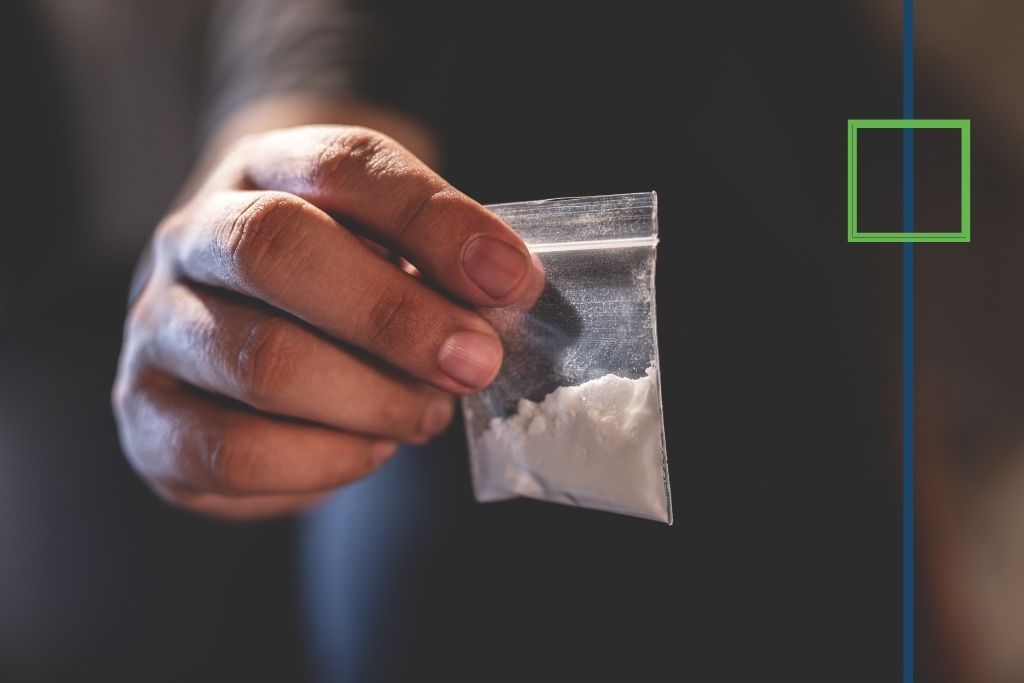
Skip To:
Learn More:
- What are Hallucinogens? LSD, Peyote, Psilocybin, PCP, and More
- Does LSD Show Up in a Drug Test? Urine, Blood, and Hair Tests
- How Long Does LSD Stay in Your System?
- What are Mushrooms Drugs? Psilocybin/Psilocin Effects and Facts
- MDA vs MDMA, What’s The Difference?
- What is MDMA Drug? What Type of Drug is MDMA? What Color is MDMA? Addiction to MDMA What is it?
- What is Candy Flipping? LSD and MDMA Candy Flipped. Candy Flipping Meaning.
- What Drugs Are in Ecstasy? Ecstasy Side Effects, Addiction, and Treatment
- Is Molly Addictive? Symptoms and Risks of Molly Addiction
We Level Up NJ Addiction Rehab Center Tips to Cope with 2CE Drug Side Effects
✅ If you’re dealing with side effects from 2CE drugs, start by creating a calm and comfortable environment to ease any anxiety or discomfort.
✅ Stay hydrated, and if nausea occurs, try sipping on clear liquids.
✅ Contact a trusted friend or seek professional help if you feel overwhelmed or need support.
Synthetic psychedelics, such as 2CE drugs, are risky because they can cause unpredictable changes in how you see, feel, and think. Using them can lead to problems like anxiety, paranoia, and unsafe behaviors, so it’s crucial to be careful and make informed choices. Get substance abuse counseling that works. Discover professional help from We Level Up NJ addiction therapists. Start getting support with a free call to our hotline 24/7.
Get Help. Get Better. Get Your Life Back.
Searching for Accredited Drug & Alcohol Rehab Centers Near You? Or Mental Health Support?
Even if you have failed previously, relapsed, or are in a difficult crisis, we stand ready to support you. Our trusted behavioral health specialists will not give up on you. Call us when you feel ready or want someone to speak to about therapy alternatives to change your life. Even if we cannot assist you, we will lead you wherever you can get support. There is no obligation. Call our hotline today.
FREE Addiction Hotline – Call 24/7
2CE Drug Withdrawal and Detox
While there isn’t a well-defined withdrawal syndrome associated with 2C-E, some individuals may experience a period of adjustment and discomfort after ceasing use. Withdrawal from 2C-E is primarily characterized by psychological and emotional symptoms rather than physical dependence.
Usual experiences during this period may include mood swings, anxiety, depression, and difficulty concentrating.
A 2C-E drug detox program is designed to help individuals safely and gradually eliminate the substance from their system while addressing the physical and psychological aspects of withdrawal. Detoxification from 2C-E typically involves medical supervision to manage potential complications and ensure a safe process. Medical professionals may administer supportive care, such as intravenous fluids to address dehydration or medications to alleviate specific withdrawal symptoms.
In addition to medical support, a comprehensive detox program may include psychological and emotional assistance. Therapeutic interventions, counseling, and support groups can play a crucial role in helping individuals navigate the emotional challenges of detox and develop coping mechanisms for the journey ahead.
The goal of a 2C-E detox program is not only to address the immediate physical effects of withdrawal but also to lay the foundation for ongoing recovery, often involving continued therapeutic support and substance abuse treatment.
Choosing a detox program that aligns with individual needs is essential for a successful recovery.
Drug detox is safest and most effective with professional assistance. Trained healthcare professionals in detox programs can provide medical supervision, ensuring a secure environment for individuals to manage the physical and psychological aspects of withdrawal. They can administer medications to alleviate specific withdrawal symptoms, monitor vital signs, and intervene in case of any complications.
Moreover, detox professionals offer emotional support and counseling to help individuals cope with the challenges of withdrawal and pave the way for a successful recovery. Seeking professional assistance ensures a comprehensive approach to detox, addressing both the physical and mental aspects of substance withdrawal, and enhances the likelihood of a smoother transition toward sustained sobriety.
Do you have questions about 2CE drug detox or addiction treatment in general? Call our helpline 24/7.

Get Your Life Back
Find Hope & Recovery. Get Safe Comfortable Detox, Addiction Rehab & Mental Health Dual Diagnosis High-Quality Care at the We Level Up Treatment Centers Network.
Hotline (877) 378-4154What are the 2C Drugs?
The 2C drugs belong to a family of psychedelic substances known for their hallucinogenic effects. These compounds were first synthesized by Alexander Shulgin, a renowned American chemist, in the 1970s. The “2C” prefix refers to the two carbon atoms in the ethyl chain attached to the amino group, and each specific drug in this family is denoted by a different letter or combination of letters following the “2C.”
- 2C-B (4-Bromo-2,5-dimethoxyphenethylamine): Often referred to as “Nexus” or “Eros,” 2C-B is a psychedelic that can induce visual and auditory hallucinations. It gained popularity as a recreational drug due to its euphoric effects and relatively shorter duration compared to other hallucinogens.
- 2C-E (4-Ethyl-2,5-dimethoxyphenethylamine): This drug is recognized for its potent psychedelic effects, including altered perceptions, vivid hallucinations, and an extended duration of action. 2C-E was initially introduced in the 1980s as an alternative to MDMA in club scenes.
- 2C-I (4-Iodo-2,5-dimethoxyphenethylamine): Known for its stimulating and hallucinogenic properties, 2C-I can induce intense sensory experiences. It gained popularity in the rave and party scenes but has been associated with adverse reactions at high doses.
- 2C-C (4-Chloro-2,5-dimethoxyphenethylamine): Often described as having milder effects compared to other 2C drugs, 2C-C produces hallucinogenic experiences and altered perceptions. It is considered one of the less potent members of the 2C family.
- 2C-T-7 (4-Methylthio-2,5-dimethoxyphenethylamine): Also known as “Blue Mystic” or “7th Heaven,” 2C-T-7 is recognized for its hallucinogenic effects and empathogenic qualities. It gained popularity in the early 2000s but has been associated with adverse reactions and legal issues.
- 2C-D (2,5-Dimethoxy-4-methylphenethylamine): With effects reported as less intense than other 2C drugs, 2C-D is primarily known for its use in research settings to explore the structure-activity relationship of psychedelic compounds.
- 2C-P (4-Propyl-2,5-dimethoxyphenethylamine): Known for its extremely long duration of action, 2C-P is a potent hallucinogen that can induce intense visual and auditory effects. It has gained attention for its high potency and extended duration.
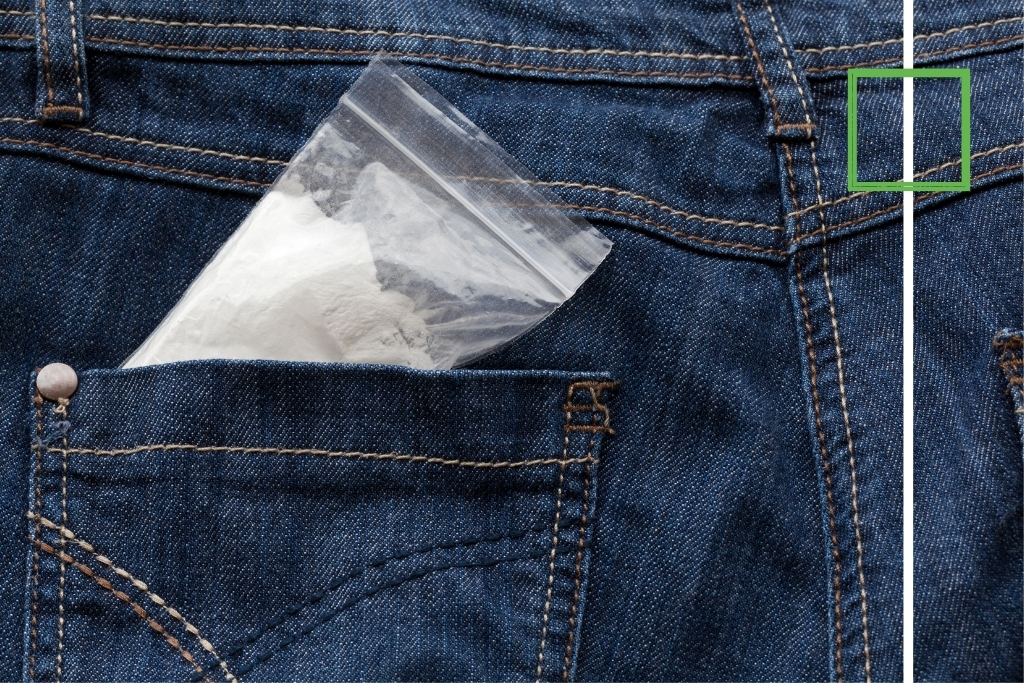
Many 2C drugs are classified as Schedule I controlled substances, indicating their illegal status and potential for abuse. Due to their psychedelic nature, individuals considering using or experimenting with these substances should be aware of the potential consequences and prioritize their safety and well-being.
Comfortable Facilities & Amenities
High-Quality Addiction & Mental Health Rehabilitation Treatment
Rehab Centers TourRenowned Addiction Centers. Serene Private Facilities. Inpatient rehab programs vary.
Addiction Helpline (877) 378-4154Proven recovery success experience, backed by a Team w/ History of:
15+
Years of Unified Experience
100s
5-Star Reviews Across Our Centers
10K
Recovery Success Stories Across Our Network
- Low Patient to Therapist Ratio
- Onsite Medical Detox Center
- Comprehensive Dual-Diagnosis Treatment
- Complimentary Family & Alumni Programs
- Coaching, Recovery & Personal Development Events
2CE Drug Abuse Treatment
Treatment for 2C drug intoxication is usually supportive and aimed at lowering body temperature and preventing seizures. Patients are placed in a calm and quiet environment and monitored closely. In severe cases, patients are sedated and placed on a breathing machine.
Most individuals using one designer drug have more than likely used other such drugs. Trying one designer drug often leads to trying others. This happens because people get familiar with the culture, want different experiences, or are around friends who use various substances. So, if someone tries one designer drug, they might be more likely to explore others with similar effects or experiences. Also, hallucinogens such as 2CE drugs can cause severe disruptions in the interactions between nerve cells and the neurotransmitter serotonin. For these reasons, it is recommended that you seek an inpatient drug rehab.
Being weaned off hallucinogens such as 2CE drugs can cause severe psychological and medical symptoms, which is another reason an inpatient drug rehab facility is the best environment for recovery. Such decisions cannot be made until you receive a complete medical evaluation and consult with your team of addiction specialists. Only after a comprehensive history of your use of 2CE drug has been taken, as well as the use of other medications, and taking into account your current medical condition, can the best decision be made about treatment. If you or a loved one is struggling with 2CE Drug addiction, contact We Level Up NJ today to discuss treatment options.
Synthetic Drug Addiction Treatment at We Level Up New Jersey
Detoxing from psychedelics involves allowing the substances to naturally leave the body while providing support for any associated psychological effects. Unlike some drugs, psychedelics typically do not create physical dependence, so detox primarily focuses on addressing mental and emotional aspects. A supportive environment, counseling, and therapy can assist individuals in navigating any challenges that may arise during the detox process. Professional guidance ensures a safe and comfortable experience, emphasizing the importance of psychological well-being as users transition back to a sober state.
If you or someone you know is struggling with 2CE drugs and addiction, consider We Level Up NJ detox center for tailored support from a team of substance abuse treatment professionals. Initiate your path toward improved health by taking that crucial first step toward healing. Reach out for help—call We Level Up NJ now. Every call is both free and kept confidential.
World-class, Accredited, 5-Star Reviewed, Effective Addiction & Mental Health Programs. Complete Behavioral Health Inpatient Rehab, Detox plus Co-occuring Disorders Therapy.
CALL (877) 378-4154End the Addiction Pain. End the Emotional Rollercoaster. Get Your Life Back. Start Drug, Alcohol & Dual Diagnosis Mental Health Treatment Now. Get Free No-obligation Guidance by Substance Abuse Specialists Who Understand Addiction & Mental Health Recovery & Know How to Help.
How to Navigate Life. “I was a Slave to Alcohol and Drug Addiction for 17 Years.” Recovery is Great!
Experience Transformative Recovery at the We Level Up Treatment Center.
See our authentic success stories. Get inspired. Get the help you deserve.



Start a New Life
Begin with a free call to an addiction & behavioral health treatment advisor. Learn more about our dual-diagnosis programs. The We Level Up treatment center network delivers various recovery programs at each treatment facility. Call to learn more.
- Personalized Care
- Caring Accountable Staff
- Comfortable Amenities
- Licensed & Accredited
- Renowned w/ 5-Star Reviews
We’ll Call You
Search We Level Up NJ 2CE Drug Detox, Mental Health Topics, & Resources
Sources
- Papaseit E, Farré M, Pérez-Mañá C, Torrens M, Ventura M, Pujadas M, de la Torre R, González D. Acute Pharmacological Effects of 2C-B in Humans: An Observational Study. Front Pharmacol. 2018 Mar 13;9:206. Doi: 10.3389/fphar.2018.00206. PMID: 29593537; PMCID: PMC5859368.
- Dean BV, Stellpflug SJ, Burnett AM, Engebretsen KM. 2C or not 2C: phenethylamine designer drug review. J Med Toxicol. 2013 Jun;9(2):172-8. Doi: 10.1007/s13181-013-0295-x. PMID: 23494844; PMCID: PMC3657019.
- 2C-T-7 Fast Facts – Department of Justice (.gov)
- 2C-B (Nexus) Reappears on the Club Drug Scene – Department of Justice (.gov)
- Tamama K. Synthetic drugs of abuse. Adv Clin Chem. 2021;103:191-214. Doi: 10.1016/bs.acc.2020.10.001. Epub 2020 Dec 24. PMID: 34229850.
- Debnam KJ, Saha S, Bradshaw CP. Synthetic and Other Drug Use among High School Students: The Role of Perceived Prevalence, Access, and Harms. Substance Use Misuse. 2018 Oct 15;53(12):2069-2076. Doi 10.1080/10826084.2018.1455699. Epub 2018 Apr 6. PMID: 29624111; PMCID: PMC6136142.
- Synthetic Drugs (a.k.a. K2, Spice, Bath Salts, etc.) – National Archives (.gov)
- Global Coalition to Address Synthetic Drug Threats – U.S. Department of State (.gov)
- Facts about Synthetic Drugs – https://www.justthinktwice.gov/article/facts-about-synthetic-drugs
- Know the Risks of Using Drugs – Substance Abuse and Mental Health Services Administration (.gov)
